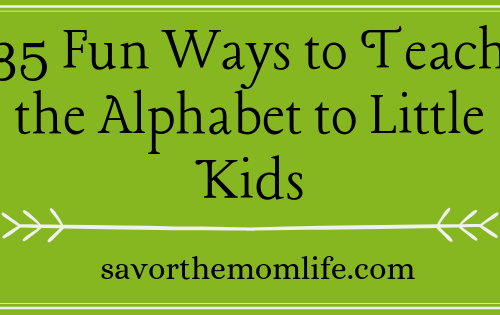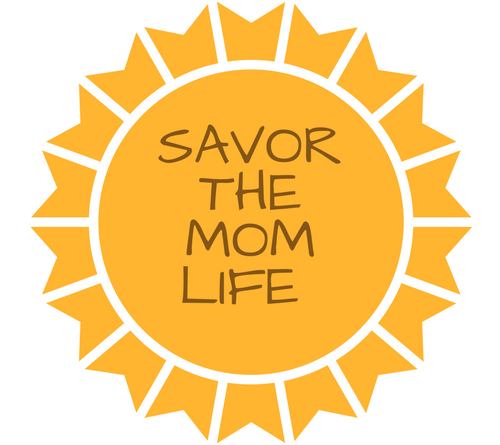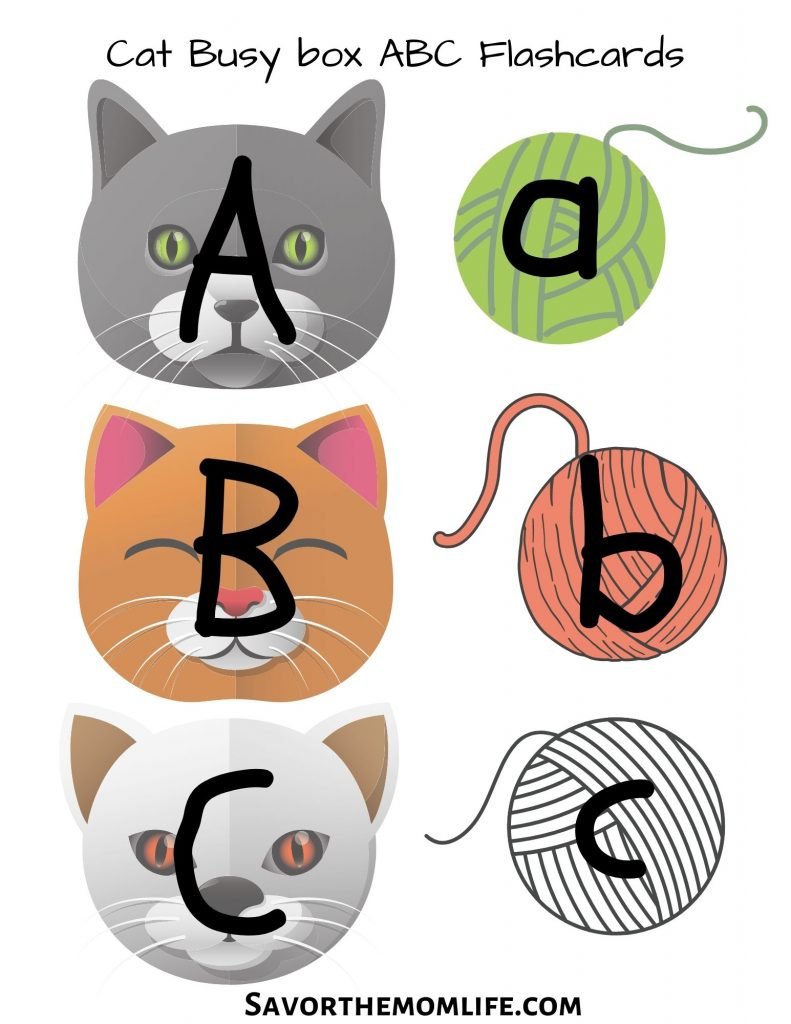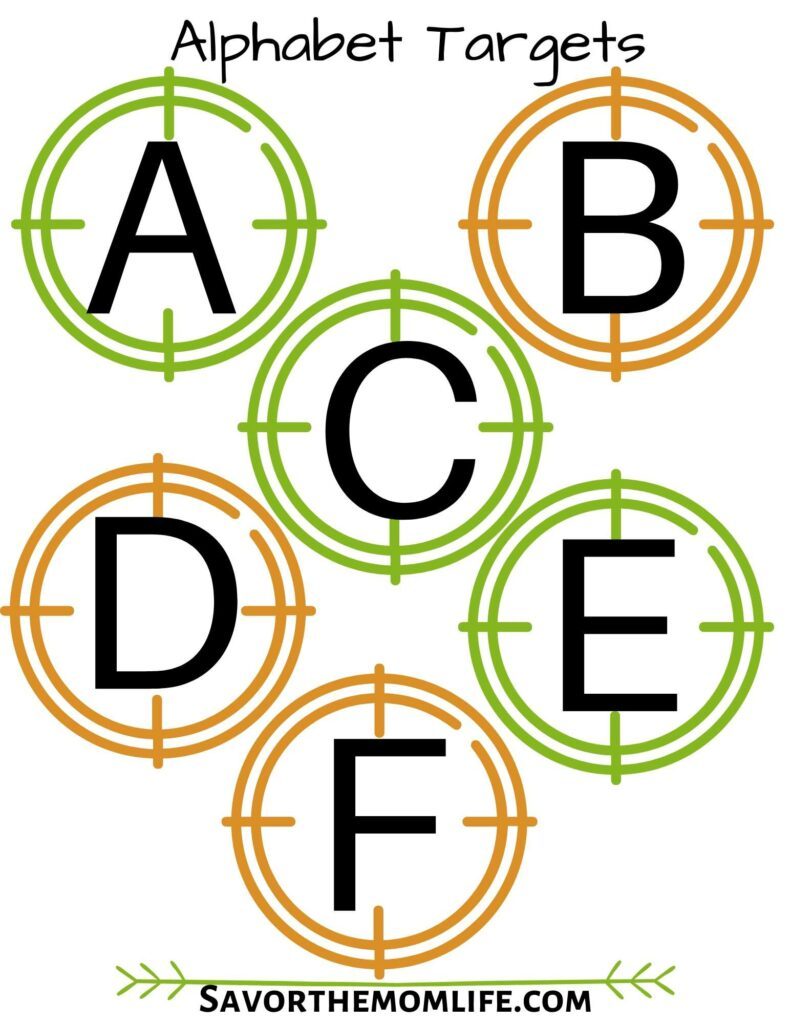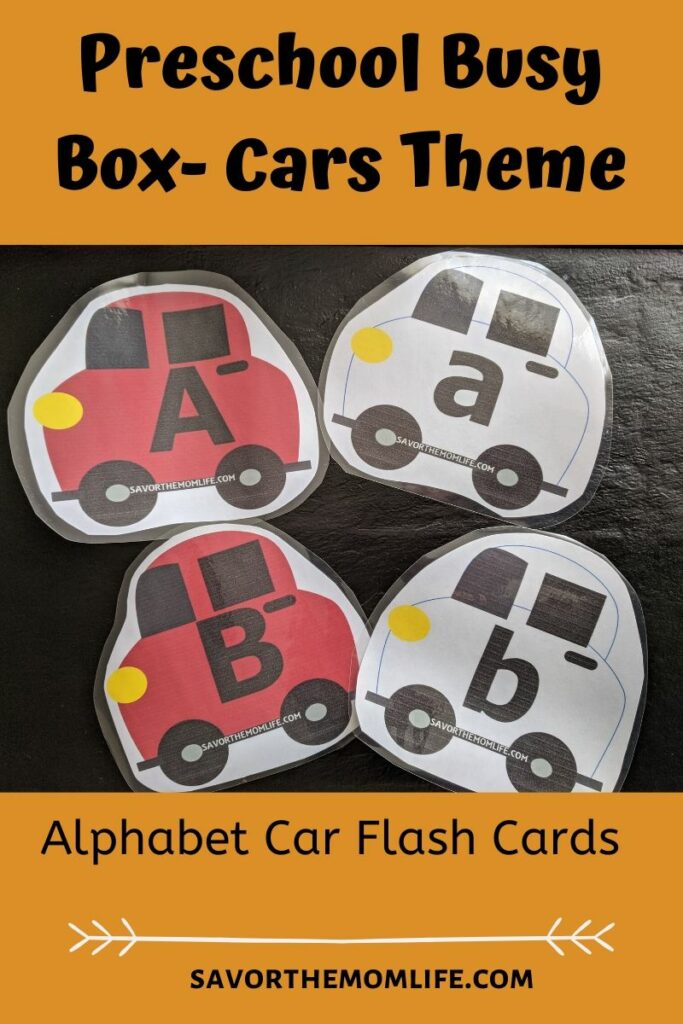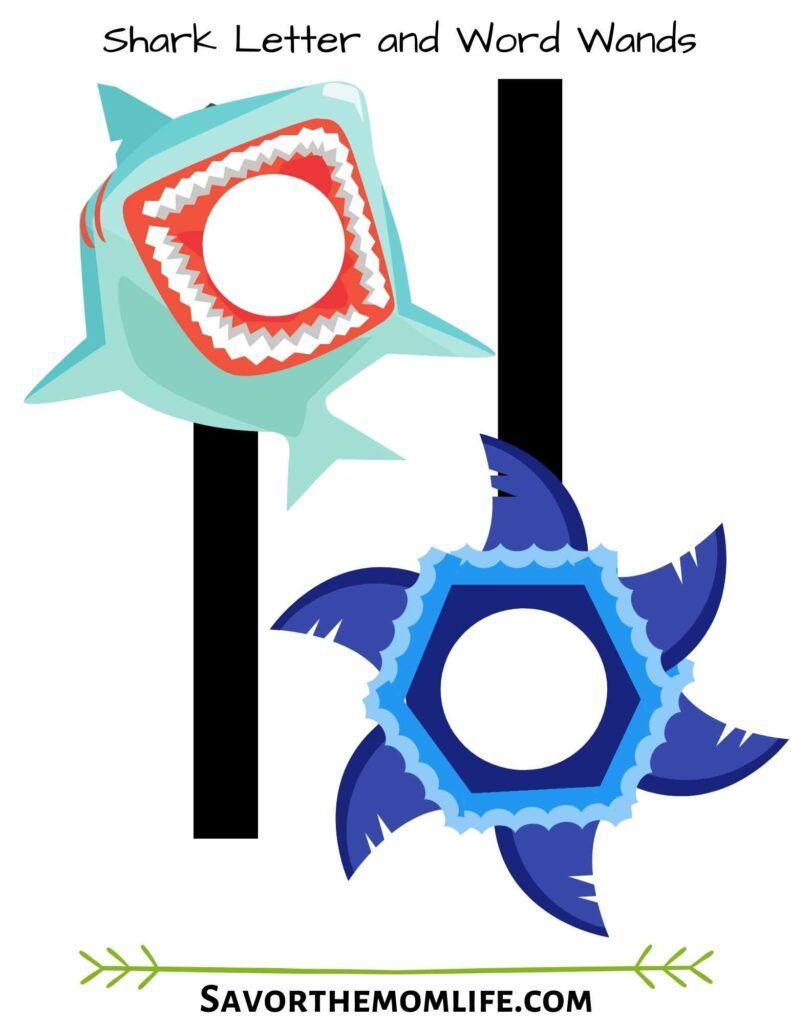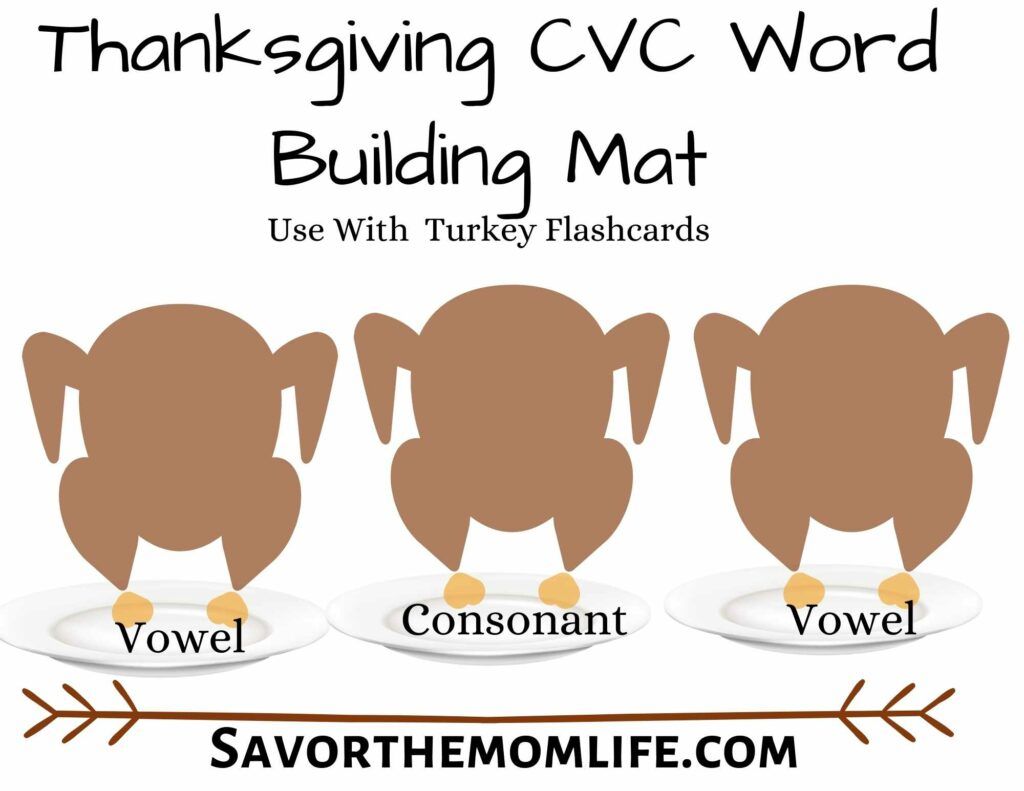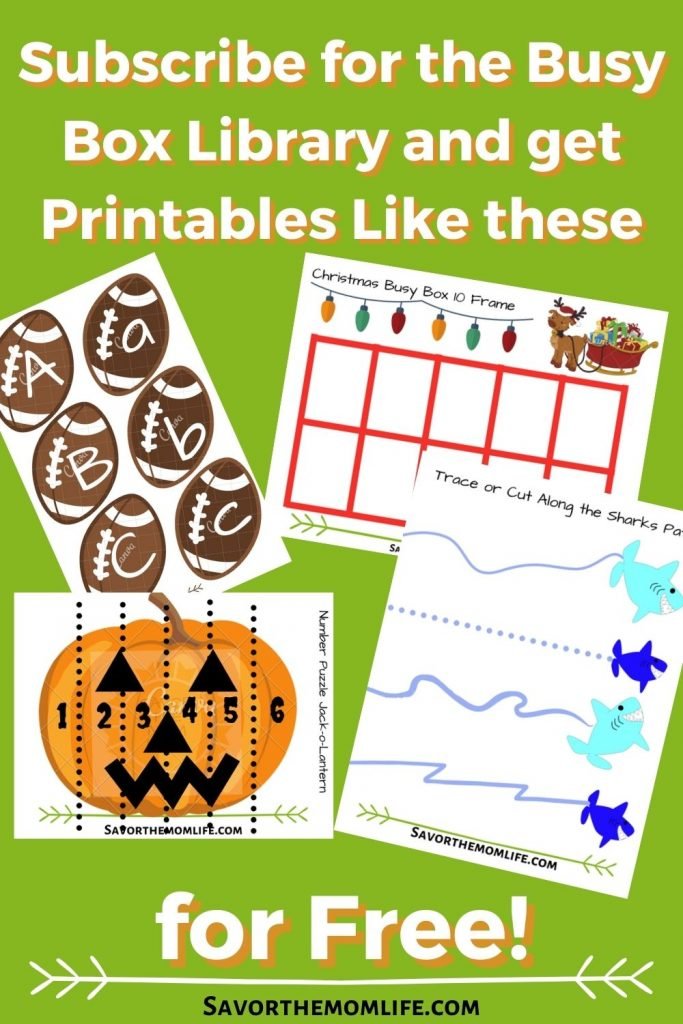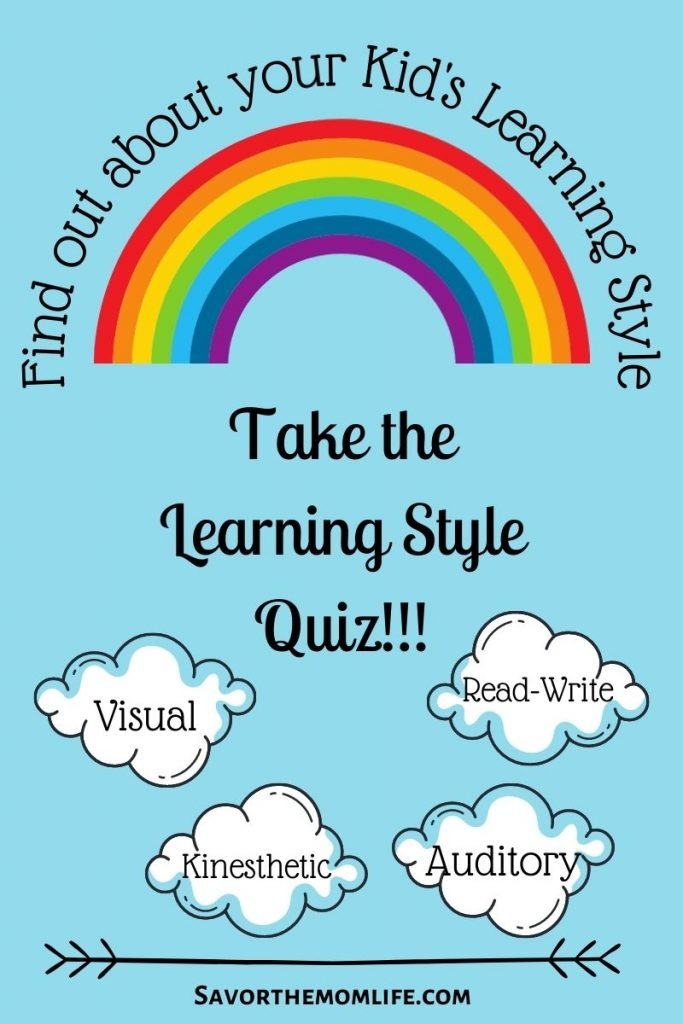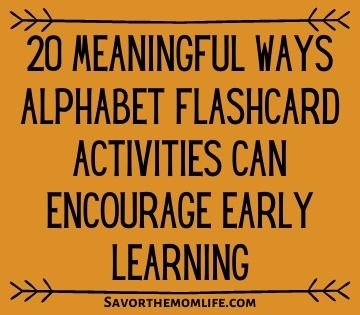
20 Meaningful Ways Alphabet Flashcard Activities can Encourage Early Learning
An early learning tool that everyone is familiar with is ABC Flashcards. They are easy to find or make and when kids first start learning the Alphabet many teachers and parents grab this tool first. The question is how can you effectively use them to teach your preschooler the letters and letter sounds? Read on for 20 Meaningful Ways Alphabet Flashcard Activities can Encourage Early Learning and why rote learning or memorization is an important step and goal in the early learning process.
I have been or can be if you click on a link and make a purchase, compensated via a cash payment, gift, or something else of value for writing this post. Regardless, I only recommend products or services I use personally and believe will be good for my readers. Please read my full disclosure for more information.
ABC or Alphabet Flashcards come in endless styles.
Most of the sets I have created for my busy boxes fit a theme. The flashcards always have uppercase or capital letters and lowercase or small letters. It’s always good to have a font that is closest to the standard handwritten letter. Fancy Script will make it harder for learning and understanding.
The next level up in the Alphabet Flashcard game is the letter accompanied by a picture that has begins with the same sound as that letter. For example A-apple, B-ball, C-cat, etc. Early Learners should be very familiar with the pictures. They use the cards and begin to associate the sound they hear when reading the picture to the letter on the card.
ABC Flashcards are wonderful tools use by parents and teachers. English Language Learners and early childhood learners in Pre-school and Kindergarten can benefit from using ABC flashcards. Using them to introduce your kiddo to the letter shapes. Just like anything we teach our kids it’s best to start when they are ready. If you start too soon it will create boredom and stress for you and your learner. The goal here is FUN and LEARNING.
Starting at the pre-school age is great if you keep it fun and use the flashcard tool in moderation. Don’t let this be the only way you teach and expose your kiddo to the Alphabet. Use them when teaching lessons, small groups, and centers in a school setting. At home, they can be used in Busy Boxes, playtime. word walls, homeschool lessons, nighttime routines, in the car, at a restaurant, etc.
Why Use Alphabet Flashcards?
Most people use flashcards as a tool for memorizing or rote learning. Memorizing information is important because this helps create more room in our working memory or short-term memory. When information is memorized it can be retrieved from long-term memory to be used and manipulate to learn even more! Flashcards encourage the brain to engage the active recall of information by repetition. They can also be a great confidence boost, curiosity builder, and promotes listening skills. Visual memory is one of the strongest for the human brain. Seeing the letter and its associated picture is a very visual skill. Bonus for your Visual Learner if you have one. ABC Flashcards can be adapted for every learning style. I will note which activity each learning style favors in the list below.
Find out Your Child’s dominant Learning Style with the Learning Style Quiz!
ABC Flashcards are easy because they only provide the essential information. Some will argue this makes the learning not as meaningful and that flashcards don’t help with critical thinking or idea manipulation. I know that flashcards are like the bottom rung of the ladder leading to that deeper meaning and critical thinking. Rote learning and memorization that comes from using flashcards is an important stage in the learning process.
Young children learn quickly and their brains are easily shaped by and how information is taught. Flashcards show what information is important and encourage memorization. The final 3 benefits -flashcards are cheap, portable, and screen-free! Check out this post if you are feeling the Screen Time Guilt.
Alphabet Flashcard Activities
ABC Flashcards can be used in so many ways! I mentioned earlier the 2 types- letters only and letters with a phonemic image or picture. Don’t forget the flashcard tool is used for rote learning and memorization When using flashcards here are some things to remember:
- Repeat, repeat, repeat!
- Get vocal and read them out loud.
- Use moderation- don’t do it so much it gets boring.
- Partner up to Model how.
- Use the visual cues and prior knowledge to build the learning.
Here is the list you have been waiting for of ways to use both types! Learning Style Preferences Included! Visual, Auditory, Kinesthetic, and Read/Write.
Letter Only Flashcard Learning Activities
ABC Order Uppercase and Lowercase
Encourage your child to sing/say the Alphabet song, look at a poster with the Alphabet order, or read an ABC Book and line up their flashcards in the matching order. Don’t mix upper and lowercase letters to start. Also, to make it really easy and confidence-building, you can just start with a few letters at a time and then add on slowly.
Letter Match Uppercase and Lowercase
- Memory Visual
- Race Kinesthetic
- Hunt or Hide and Seek Kinesthetic Visual
Letter Sort
- Uppercase Visual
- Lowercase Visual
- Tall or Fall (above or below the line when written) Visual Read/Write.
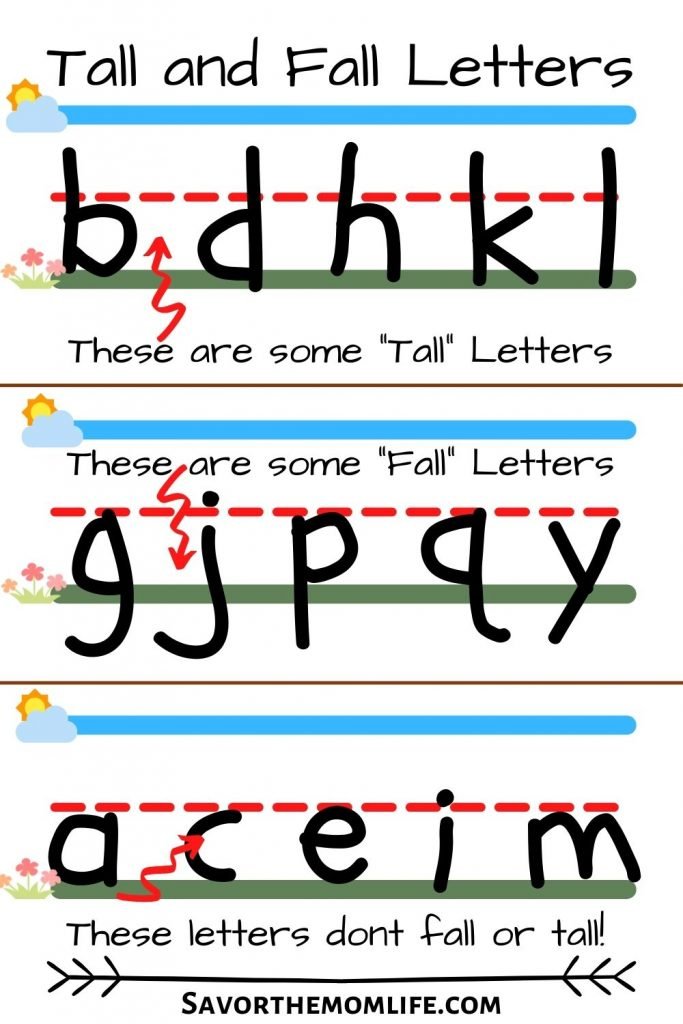
Read/ Say the Letters
- Maze, Trail, Path Visual
- Hopscotch Kinesthetic
- Speak in a fun voice (cat, Darth Vader, robot, etc.)Auditory
- Use hands to form the letter in Sign Language Kinesthetic
- Flashlight, pointer, letter wand, flyswatter, etc. to spotlight. Visual
Card Games
Read and Say the Letters
- Finger Trace Read/Write Kinesthetic
- Laminate and Dry Erase Marker Trace Read/Write Kinesthetic
- Tissue Paper or Tracing Paper and Pencil Trace Read/Write Kinesthetic
- Copying the letters (whiteboard, paper, chalk, paint, etc.) Read/Write Kinesthetic
Letter and Phonemic Picture Flashcard Activities
All the activities mentioned above can be played with these kid of cards as well. Sometimes its beneficial to use the cards without the pictures when you are just beginning or once the letter sound shave been mastered. Less info can be better. In my daughters case the pictures are truly how she learned her letters. When I would tell her to write an “A” she would say like apple? Using an ABC sound chart can be just like a set of these flash cards- check one out here!
Read and Say Letters and Sounds
- All the above-mentioned activities!
- Respond with hand, arm, and body movements to match the picture. Kinesthetic
CVC Word Building
- Grab a CVC Word Mat and put the ABC flashcards in the CVC order to make word families. Real words and Nonsense words encouraged! Visual
Letter/Sound Match
- Beginning Sounds Auditory Visual
- Ending Sounds Auditory Visual
- Middle Sounds and Word Families Auditory Visual
- Rhyming Words Auditory Visual
20 Meaningful Ways Alphabet Flashcard Activities can Encourage Early Learning

Summer Must-Haves For Moms
You May Also Like
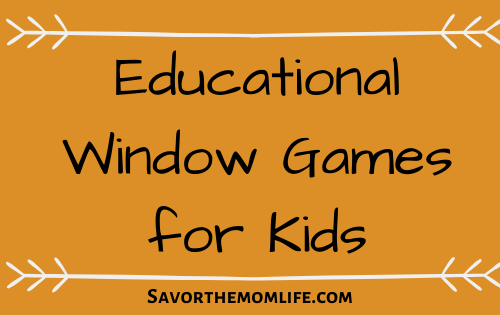
Educational Window Watching Games for Kids
March 31, 2020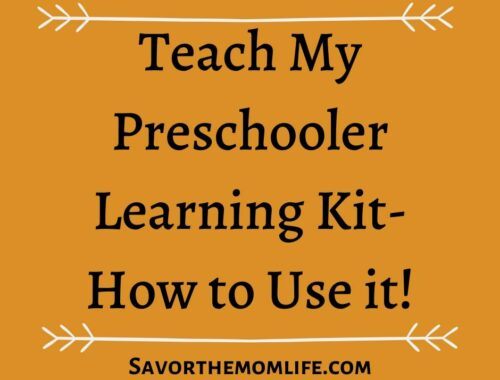
Teach My Preschooler Learning Kit
February 28, 2020